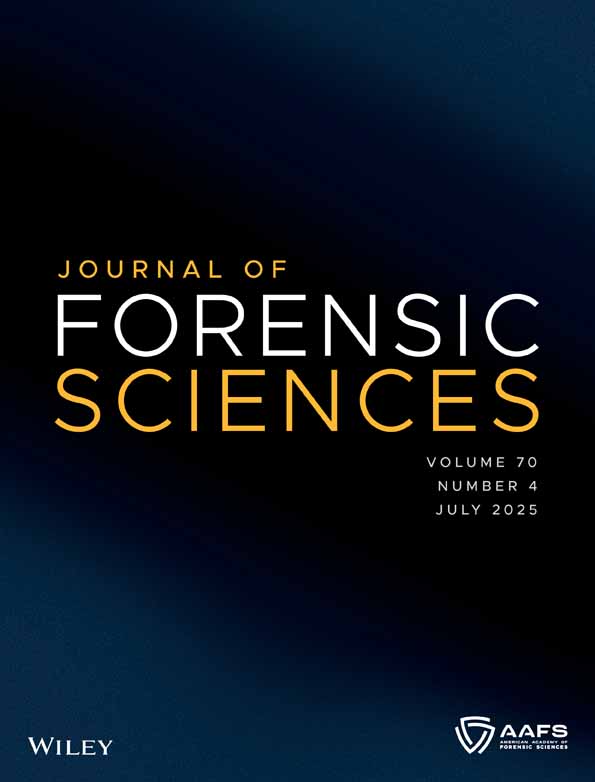Exploring machine learning approaches for efficient image forgery detection
Abstract
In the digital age, accessible image manipulation raises concerns about authenticity, with forgery techniques threatening personal, journalistic, and security contexts. Detecting alterations is crucial for maintaining trust in visual content. A robust system capable of detecting various types of image forgeries, such as copy-move, splicing, and object removal, while minimizing false positives and negatives. Develop and implement robust feature extraction methods to identify key characteristics that differentiate forged images from authentic ones, focusing on both low-level and high-level features. The Two-dimensional maximum Shannon Entropy Median Filter (TSETMF) enhances image quality by reducing noise while preserving and enhancing details, which aids machine learning models in recognizing and identifying image forgeries. Multidimensional Spectral Hashing (MSH) enables efficient feature extraction by creating compact representations, thereby enhancing pattern recognition and boosting both speed and accuracy in detecting image forgeries within machine learning frameworks. Faster Region-Based Convolutional Neural Networks (FR-CNN) improve image forgery detection by swiftly identifying and localizing manipulated areas, enhancing feature extraction and accuracy for real-time forensic analysis. Machine learning approaches significantly enhance image forgery detection, with techniques like CNNs and MSH improving accuracy, processing speed, and robustness against diverse forgery methods, ensuring effective real-time analysis. The result shows that the proposed method significantly excelled, reaching an accuracy of 98.5%, alongside high precision (97.0%), recall (98.2%), and F1 score (98.1%), implemented using Python Colab. Future research can focus on developing more robust models, integrating unsupervised learning techniques, enhancing real-time detection capabilities, and exploring cross-domain applications to combat evolving image forgery methods effectively.
CONFLICT OF INTEREST STATEMENT
The authors have no conflicts of interest to declare.




